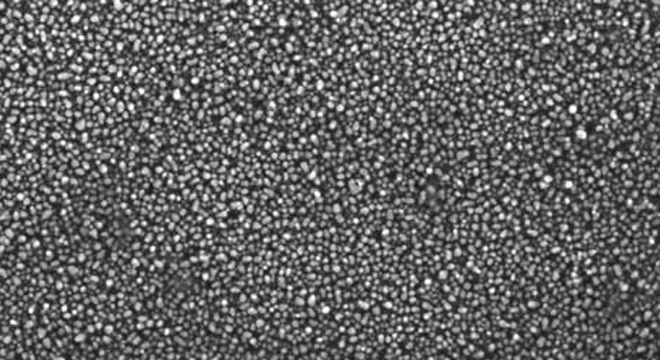A small Wyoming company believes it may have discovered a game-changing alternative to conventional batteries.
On Tuesday, materials scientist Michael Haag introduced attendees of the two-day World Technology Summit to the “Quantum Energy Device” or QED — a battery of sorts made not from chemicals, but from silicon nanocrystals.
Haag is founder and chief technology officer of Universal Nanotech, a small Cheyenne, Wyo.-based start-up company.
Haag said the device keeps a charge dozens of hours longer than a typical AAA alkaline battery, and at a fraction of the weight.
In early testing, he said, a regular alkaline battery containing more than 20 grams of active material discharged all its power along a bell curve in 2.5 to 3.5 hours, while the QED, with only 300 micrograms (less than a tenth of a gram) of active material, maintained an even level of power for five days.
All this came about more or less by accident, Haag said. He had intended to create a new kind of solar cell, he told an audience of a few hundred gathered at the Time & Life Building in midtown Manhattan. But after a year’s work, the device he’d created failed to pick up a charge from a solar energy simulator during testing.
What Haag did find, however, was that the device carried an inherent electrical charge — no sunshine required.
“The energy is imparted in the manufacturing process itself,” Sam Sipe, marketing director for Universal Nanotech, tells TPM’s Idea Lab. The company is still researching exactly how that happens.
The operating theory, says Sipe, is that the silicon nanocrystals are exhibiting a “piezoelectric effect particular to their unique structure.”
Here’s what that means: When the silicon nanocrystals (pictured above) are applied to the support material (glass coated with indium tin oxide (ITO) to make it conductive), they “self-arrange” into a tightly packed formation, says Sipe, pressing against each other.
That pressure creates an electrical charge.
Universal Nanotech only discovered this quantum effect in April, says Sipe, so there is still a great deal of research needed, including testing and verification by researchers independent of the company, in order to figure out how exactly the QED works and might best be used.
Open questions include whether or not the QED can be recharged (there’s some evidence it can, says Sipe;) how long its power lasts; and the level of its energy density (“substantially higher” than an alkaline battery, Sipe says, but they don’t yet know precisely by how much.)
Another is what the supporting materials will be. Glass coated with ITO is “too thick, too heavy, too expensive,” for practical use, he says. “We [will] have to transfer to other substrates, such as a thin plastic film with a conductive surface.”
As for bringing the QED to market, Universal Nanotech imagines uses ranging from power for mobile devices to printed semiconductors, but the company doesn’t plan to make any products itself. “We’ll be licensing the technology for manufacturers to use,” says Sipe, and such clients will likely assist the company in developing production methods and increasing production capacity.
“There are interested parties, but it would be inappropriate to comment while we are still in negotiations,” says Sipe, “before there is ink on paper.”
Universal Nanotech was nominated for a World Technology Award this year for the QED, and Sipe says they recently learned of an Edison Award nomination as well.
“We don’t feel that we’ve invented a perpetual motion machine,” says Sipe, but even so, “We have the feeling that we have something very special.”









